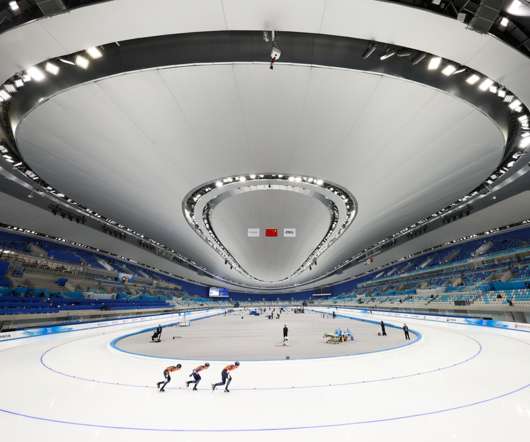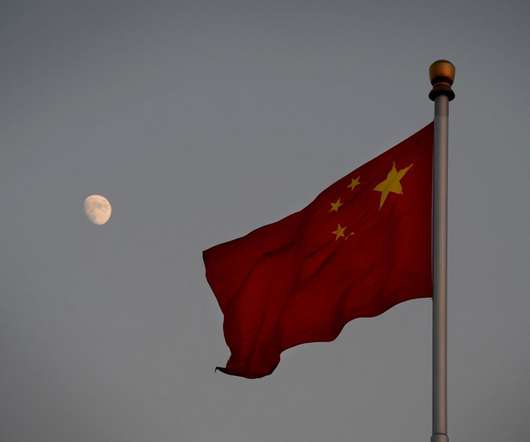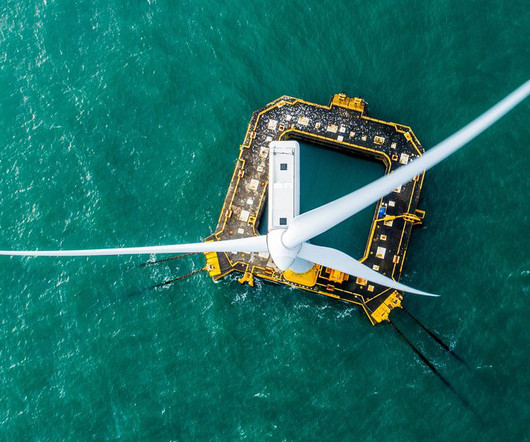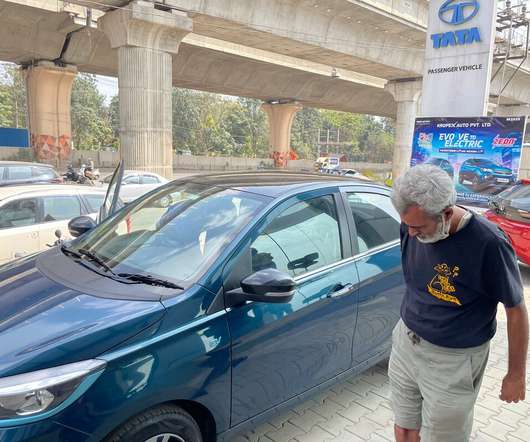Duke study finds China’s synthetic natural gas plants will have heavy environmental toll; 2x vehicle GHG if used for fuel
Green Car Congress
SEPTEMBER 25, 2013
Coal-powered synthetic natural gas (SNG) plants being planned in China would produce seven times more greenhouse gas emissions than conventional natural gas plants, and use up to 100 times the water as shale gas production, according to a new study by Duke University researchers published in the journal Nature Climate Change.























Let's personalize your content